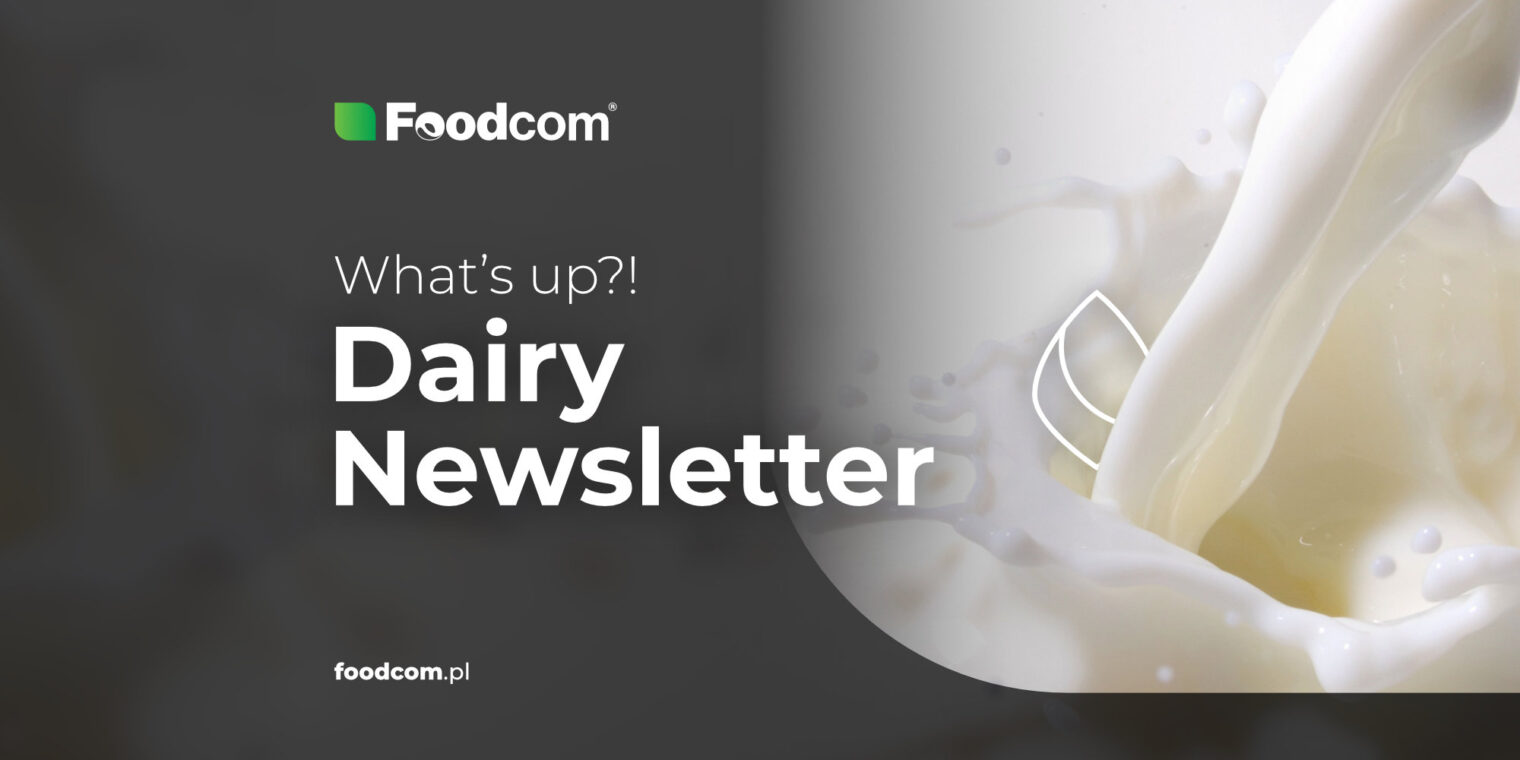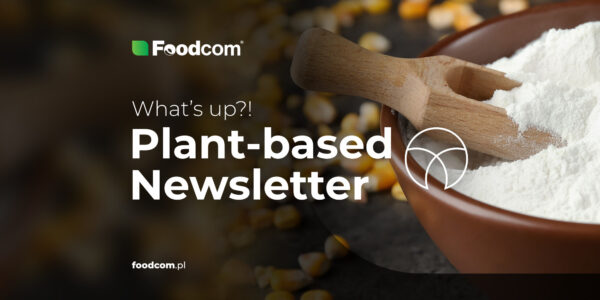Hello Partners!
Welcome back to our Newsletter!
Gain insight into the latest developments and strategic insights into the dairy market. From rising butter prices and a steady trend in the cheese sector to the challenges posed by the decline in milk production, this report provides key information for players across the industry. Learn more about the factors influencing price trends and market dynamics and gain insights to help you effectively navigate the complexities of the dairy market.
Let’s take a look at what else is happening in the dairy market!
Hottest products of the week
Skimmed Milk Powder
The market for Skimmed Milk Powder for feed, especially in bulk DAP NL, shows stability. Transactions are being conducted at a price of around 2150 EUR/MT. Players in the animal feed and dairy sector should see this stable price environment as an opportunity for consistent procurement and strategic planning.
Prices for Skimmed Milk Powder intended for food applications are currently rising slightly and fluctuating between 2250 and 2350 EUR/MT. This slight upward trend indicates a subtle strengthening of demand. Producers and buyers should take note of this gradual price movement as it could be the first sign of a change in market dynamics.
Cheese
The Cheese market is currently characterized by stability for various types, including Cheddar, Gouda, Edam and Mozzarella. This consistent price and demand environment supports predictable production and sales strategies while maintaining market balance. Although this stability is beneficial for logistical and strategic planning, it has led to the perception of a lackluster market for retailers as they see a lack of excitement and profit opportunities.
Fats
Butter prices are rising and approaching the 6000 EUR/MT mark. The demand for fresh products has increased noticeably. Prices for butter cubes in particular are rising across Europe and supermarkets have started to accept higher prices for these products.
In addition, prices for butter oil and AMF are also rising.
Liquids
Cream prices have risen for another week in a row and are between 6700 and 7100 EUR/MT. The current weather conditions are increasing the demand for fresh products and end users have become more active in their purchases. In addition, factors in the butter market are influencing the price increase, suggesting that cream prices could soon exceed 7100 EUR/MT.
Prices for Skimmed Concentrate are settled at approximately 1500 EUR/MT in Germany and around 1400 EUR/MT in France. These price points indicate a mild increase, likely driven by recovering demand from the southern regions of Europe. This trend suggests that market conditions are gradually strengthening, and we should anticipate potential continued growth in demand and corresponding price adjustments.
The Milk market is experiencing an increase in spot prices as European production approaches its seasonal peak. This trend is underlined by milk processors actively competing for supply and increasing payouts to farmers to secure their milk sources and prevent them from losing supplies to competitors. This proactive stance by processors reflects their commitment to maintaining supply chains amidst growing market demand.
Whey powders
The market for Skimmed Whey Powder for feed in the EU shows a stable pricing trend with minimal fluctuations. Currently, prices are hovering between 635-645 EUR/MT. Stakeholders should expect this steadiness to continue in the short term, allowing for predictable budgeting and planning in feed production.
Sweet Whey Concentrate is currently experiencing notable stability in terms of pricing, with regular transactions occurring within the range of 300-400 EUR/MT. Recent reports indicate that the last spot transactions were completed at prices near the lower end of this range, despite this, the market remains within the expected pricing corridor.
What else?
Europe
Northwestern Europe, comprising Denmark, Germany, the Netherlands, and Belgium, is facing a structural decline in milk production after a decade of growth. This decline is primarily due to profitability issues, environmental regulations, labor constraints, and climate challenges. Dairy companies are likely to be significantly affected by this downturn, with reduced operational and financial performance due to revenue losses, competitive pressures, and excess processing capacity. To adapt, companies may need to shift towards producing higher value-added products such as specialty proteins, cheese, and branded consumer goods. The strategy for adaptation will depend on the rate of decline in milk production, with more rapid decreases posing greater challenges.
USA
The Centers for Disease Control and Prevention has been working with state health officials to distribute protective gear to farm workers to prevent the spread of H5N1 avian influenza, especially in dairy herds. Although the risk to the public is low, the agency strongly advises those who come into professional contact with the virus, such as employees of dairies, poultry farms and slaughterhouses, to wear protective gear. This follows the discovery that the virus has been present in US dairy cows for months. However, the FDA confirms that milk and dairy products are still safe to consume.






